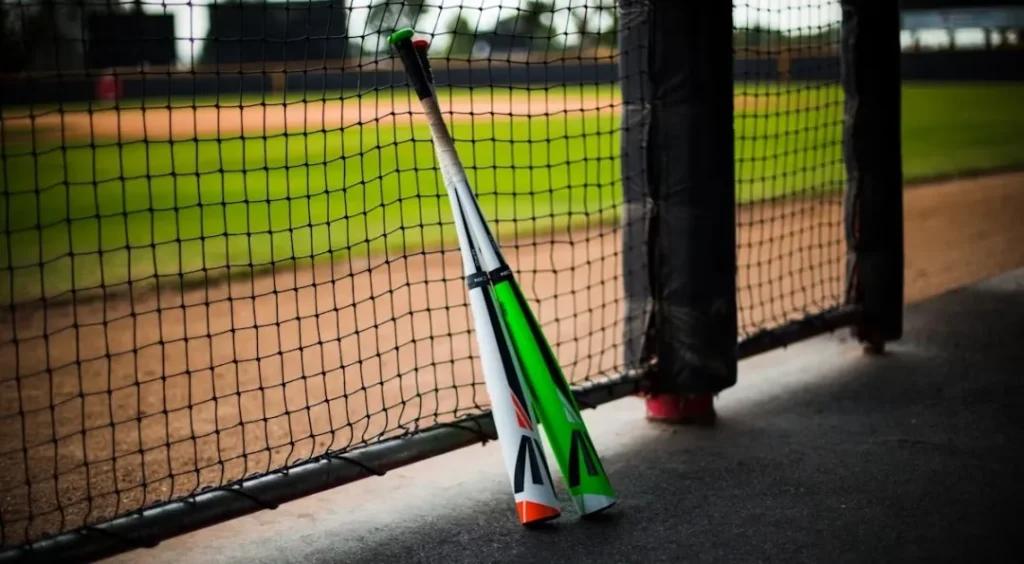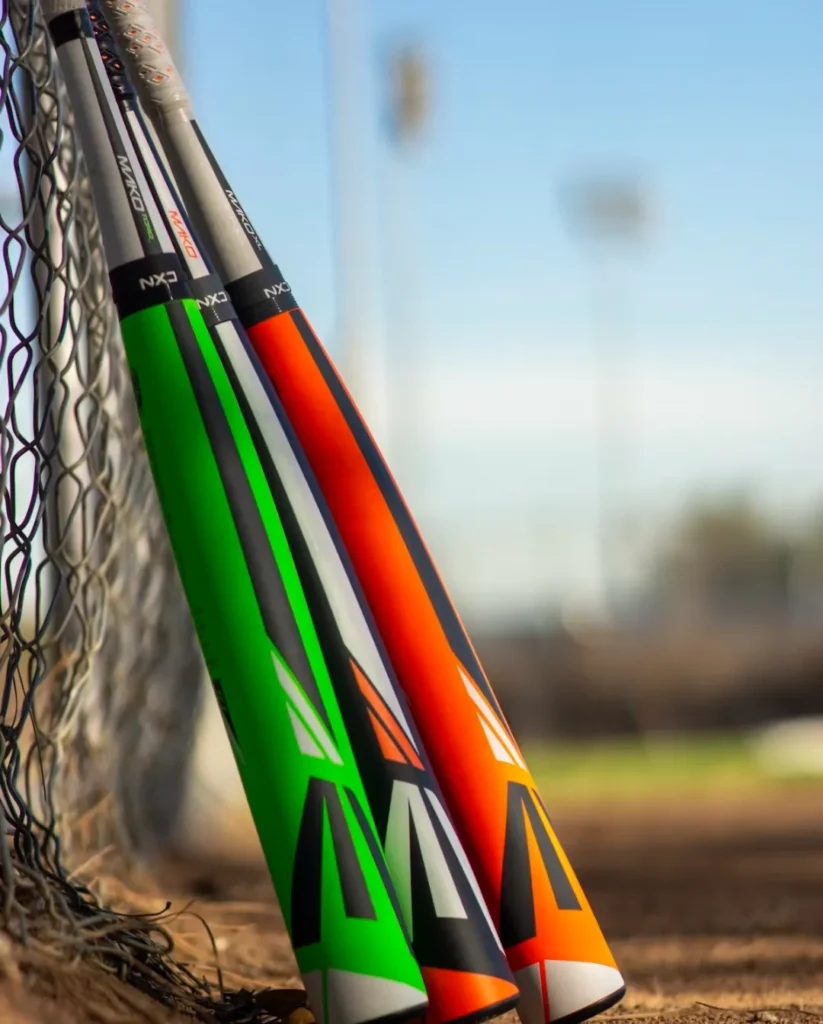Table of Contents

Baseball is one of the most popular sports in the world, and it has undergone significant evolution over the decades. The baseball bat is considered one of the most essential elements of this game, playing a crucial role in the performance of players. With a long history dating back to the early days of the sport, the types of bats have varied from traditional wooden ones to modern metal and composite bats. This article reviews the evolution of baseball bats, starting from early history and manufacturing materials to modern technological innovations and the regulations that have shaped their development. We will explore how these factors have impacted player performance and how the game has continued to evolve over time.
Early History of Baseball Bats
In the dawn of baseball, players relied on their resourcefulness to create their bats. These early instruments were often crude and varied wildly in size and shape, as each player crafted their own. It was a time when innovation met necessity. Standardization was scarce, leading to a kaleidoscope of bat designs reflecting personal preferences and available wood types. These hand-carved bats were typically heavier and less efficient, demanding exceptional strength and skill from the players wielding them. The absence of unified regulations presented challenges, yet also offered a canvas for pioneering spirit. As players experimented, they laid the groundwork for the future standardization and technological advancements in bat-making. Baseball’s rich tapestry began with these rudimentary tools, connecting past grit with the precision of today.
Evolution of Baseball Bat Materials
Baseball’s journey through materials is a testament to the sport’s innovation, shifting from wooden origins to modern advancements. Each material transformation has enriched the sport’s narrative, blending tradition with cutting-edge techniques that redefine performance dynamics and players’ capabilities on the field. Initially, bats were carved from ash and hickory, revered for their sturdiness and resilience but often unwieldy. Using aluminum in the 1970s marked a seismic shift, offering unprecedented lightness and power that elevated play. As composite materials joined the fray, players experienced enhanced flexibility and strength, heralding an era where design met precision. Now, manufacturers explore materials like carbon fiber to craft bats that balance power and durability, shaping the future of baseball.
From Wood to Aluminum
The transition from wood to aluminum marked a revolutionary leap in baseball bat design. Aluminum bats are three times more durable than wooden ones, making them highly sought after in the sport. The introduction of aluminum bats in the 1970s propelled the game into a new era of speed and agility, offering players lighter tools without sacrificing power. This pivotal shift not only changed the dynamics of hitting but also prompted a surge in performance-enhancing innovations across the sport. While traditionalists valued wooden bats for their classic feel, the aluminum alternatives brought a fresh perspective—delivering a union of strength and maintainability. With enhanced hitting capacity and reduced weight, aluminum bats opened a window to unprecedented gameplay, setting the stage for continued evolution in baseball equipment.
Rise of Composite Bats
Composite bats have redefined baseball by offering a potent blend of strength, flexibility, and lightweight design. Enhanced Performance: Composite materials optimize bat speed, aiding players in achieving greater hitting distances. Vibration Reduction: These bats minimize sting and improve the user’s comfort with dampening technology. Durability: Advanced materials extend lifespan, outperforming both wood and aluminum counterparts significantly. Expanded Sweet Spot: Each swing finds power with ease, offering consistent performance across bat lengths. With these innovations, composite bats quickly gained popularity among players across all levels of the sport. The evolution of composite bats exemplifies the relentless pursuit of excellence in baseball technology and performance.

Design and Construction Changes
In the transformative landscape of baseball bat development, the shift from traditional wooden designs to modern technological marvels marks a pivotal evolution. Changes in design have been driven by the quest for improved performance. With the introduction of materials such as aluminum and composites, “lighter bats” have become a cornerstone of enhanced gameplay. This shift is not just a function of material change but a testament to innovative engineering. Design adaptations like tapered handles and end-loaded barrels have maximized energy transfer, empowering players to swing with greater precision and impact.
You Might Like : Has Lewandowski Revived Barcelona’s Goal Magic?
Impact of Maple Wood Bats
Maple wood bats have revolutionized the game with their density and resilience, reshaping power dynamics in baseball. Increased Durability: Maple wood’s hardness results in bats that are less prone to break. Enhanced Power: The density allows for more energy transfer upon contact. Consistent Performance: Minimal grain lines result in a smooth hitting surface. Popularity Among Professionals: Preferred by many MLB players for its performance advantages. Their hard, dense construction has particularly boosted hitting power, a critical asset to professional players. The consistent performance of maple wood bats makes them a worthy choice for any powerhouse hitter looking to master the game.
Advancements in Bat Technology
The evolution of baseball bats exemplifies the blend of cutting-edge technology and craftsmanship, enhancing game dynamics. Composite Materials: Improved flexibility and durability for consistent performance. Carbon Fiber Enhancements: Lightweight with superior strength, maximizing swing speed. Smart Bats: Integrated sensors offering real-time swing analytics. Ergonomic Designs: Enhanced grip and comfort to reduce fatigue. These advancements have reshaped the sport, giving players unparalleled control and power. With innovations continually pushing boundaries, future developments promise to elevate performance standards even further.
Regulations Shaping Bat Evolution
Regulations have been instrumental in shaping the trajectory of baseball bats’ evolution, prioritizing player safety and maintaining fairness. In 2011, the BBCOR (Batted Ball Coefficient of Restitution) standard was implemented to minimize the trampoline effect, ensuring aluminum and composite bats do not outperform wooden counterparts. Such “balance” and “equity” have driven manufacturers
